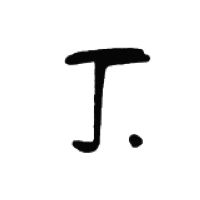
Image 010246-01/02/03/04-01
Used between 1794 and 1885, mostly blue under glaze.
This well known factory started after the German naturalist Alexander von Humbold had put in a good word for the would-be founders during meetings with the Prussian King Friedrich Wilhelm II and so Johann Friedrich Paul Schmidt from Coburg and the brothers Wilhelm Heinrich Immanuel Greiner and Georg Christian Friedmann Greiner from Kloster Veilsdorf on December 28th 1794 finally received the required permission. The first Bavarian porcelain factory at first concentrated on normal household items as well as coffee, tea and cocoa sets but soon also started to create complete dinner settings. Even if the original permit was only valid for fifteen years, it was later transformed into an unlimited permission due to the success of the factory which greatly pleased the King. During the later years, Wilhelm Heinrich Immanuel Greiner's son Balthasar was also involved, however he did not share the same interest in the factory and then decided to sell it.
In 1852 Ferdinand Klaus took over the company and continued to use the same markings. He also kept the product range and only made minor changes in decoration style; the further decorators employed increased the workforce to around 70 people.
Only fourteens years later, the company was sold again, this time to Wilhelm Sontag and Karl Birkner.
After Birkner retired from business his place was taken by the investor and businessman Ludwig Maisel. In 1897 a large blaze completely destroyed the factory and based on the very promising business forecast the owners instantly started to rebuild the factory on a much larger scale, pushing the workforce count to just over 200 people. Following the successful restart of operations, Maisel decided to retire and his former partner was joined by his sons.
Sontag's sons were very active and next to running the business in Tettau they also opened a decoration studio in the Thuringian town of Geiersthal where they next to other items mainly decorated goods made by the Fraureuth Porzellan company. During the next years the factory was constantly modernized and prospered, leading to the transformation into a corporation in the year 1915.
Since around 1913 the very successful business had specialized on restaurantware and hotel porcelain as well as special sets for children; its very wide product range was exported worldwide. Max Wunderlich became managing director in 1918. Only from around 1930 did the factory actually produce large numbers of items decorated in 'Strohblume' (strawflower) and 'Zwiebelmuster' (Blue Onion) styles. Until around 1937 the factory only employed around 250 workers and that number is a great example of how modern and well structured the factory was; in comparison other companies at the same time employed far more people and created less output per year. Following the end of WW2 Max Wunderlich changed the overall product range from standard houshold china to finer, elaborate tableware and was hightly successful. All this did not go unnoticed and the company had for some time caught the attention of the Christian Seltmann company.
The owner of the Porzellanfabrik Christian Seltmann GmbH in Weiden Wilhelm Seltmann became main shareholder of the factory in 1957 and shortly afterwards took over completely, integrating it into the family-owned Seltmann Weiden group after transforming the Tettau factory into a limited liability company. One of the last great successes of the Tettau factory was the 2010/2011 patented invention of what was marketed as Diamant-Porzellan, a material which combined the aesthetics of ivory paste porcelain with the hardness of white bone china.
Business however constantly declined and eventually the factory was degraded to whiteware and mug production for other parts of the Seltmann Group but constantly increasing fuel and transport prices soon made that uneconomical. This inevitably lead to factory closure and over 220 years of porcelain production history finally came to an end in May 2018.

Image 010246-01/02/03/04-01
Used between 1794 and 1885, mostly blue under glaze.
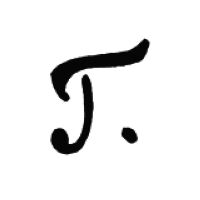
Image 010246-01/02/03/04-01
Used between 1794 and 1885, mostly blue under glaze.
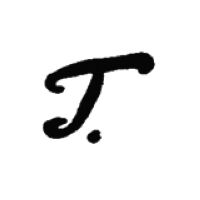
Image 010246-01/02/03/04-01
Used between 1794 and 1885, mostly blue under glaze.
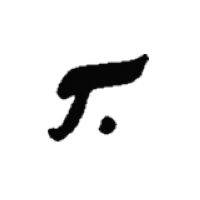
Image 010246-01/02/03/04-01
Used between 1794 and 1885, mostly blue under glaze.
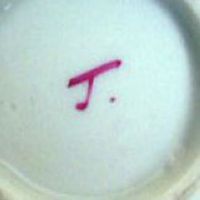
Image 010246-01/02/03/04-01
Used between 1794 and 1885, mostly blue under glaze.
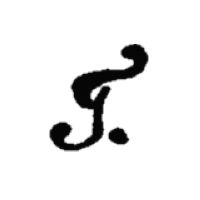
Image 010246-01/02/03/04-01
Used between 1794 and 1885, mostly blue under glaze.
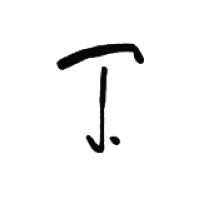
Image 010246-01/02/03/04-01
Used between 1794 and 1885, mostly blue under glaze.
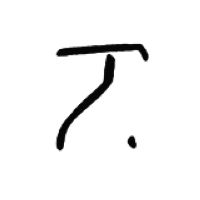
Image 010246-01/02/03/04-01
Used between 1794 and 1885, mostly blue under glaze.
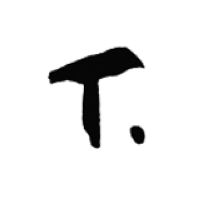
Image 010246-01/02/03/04-01
Used between 1794 and 1885, mostly blue under glaze.
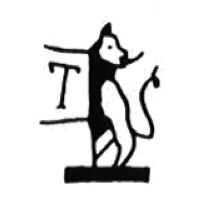
Image 010246-03/04-01
Used between 1866 and 1885, gold over glaze.
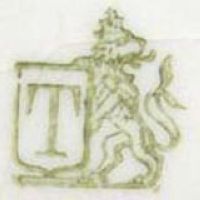
Image 010246-04-01
Used between 1885 and 1902, registered at the Königliches Landgericht zu Bamberg (Royal Court in Bamberg) on June 10th 1887.
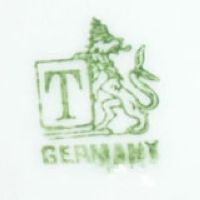
Image 010246-04-02
Used between 1885 and 1902, same as before, only with "Germany" addition.
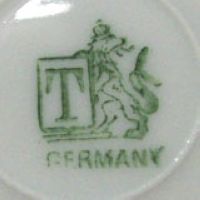
Image 010246-04-03
Used between 1885 and 1902, same as before but a better stamped.
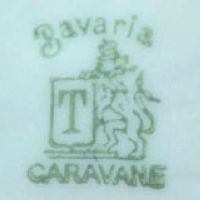
Image 010246-04-04
No date known, same basic mark but topped by "Bavaria" and showing the series name "Caravane".
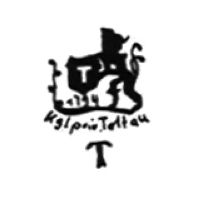
Image 010246-05/06-01
Used after 1902, mostly gold over glaze.
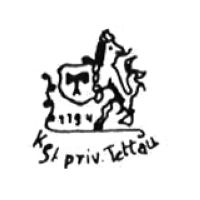
Image 010246-05/06-02
Used after 1902, mostly gold over glaze.
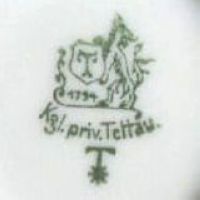
Image 010246-05/06-03
Used after 1902, green.
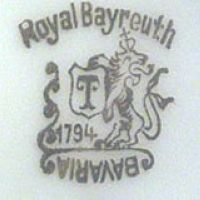
Image 010246-05/06-04
Used after 1902, mostly gold over glaze but also frequently found in blue.
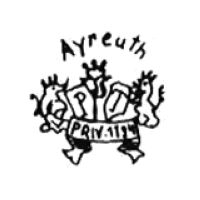
Image 010246-05/06-05
Used after 1902, mostly gold over glaze.
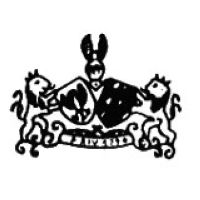
Image 010246-05/06-06
Used after 1902, mostly gold over glaze.
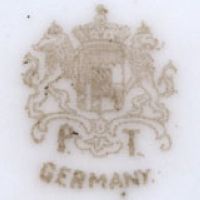
Image 010246-05/06-07
No date known, a not so frequently seen mark in red.
(Picture: Dan Opfer)
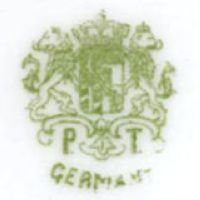
Image 010246-05/06-08
No date known, another example in green.
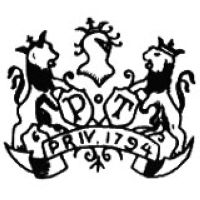
Image 010246-05/06-09
Used from 1902 onwards, mostly gold over glaze.
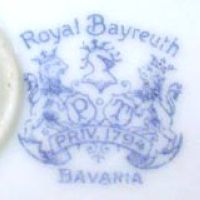
Image 010246-05/06-10
Used from 1902 onwards, blue version.
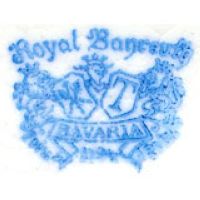
Image 010246-05/06-11
No exact date known. Reads "Banreuth", note that the Fraktur font family lowercase "y" looks line an "n".
(Picture: Chuck Hoey)
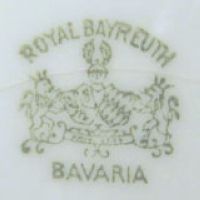
Image 010246-05/06-12
Used from 1902 onwards, green version.
(Picture: Jacqueline Kacprzak)
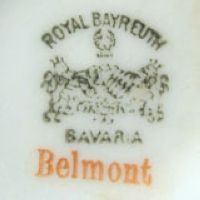
Image 010246-05/06-13
Used from 1902 onwards, green version, here with "Belmont" decoration name.
(Picture: Jacqueline Kacprzak)
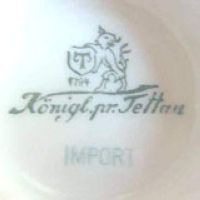
Image 010246-06-01
Used after 1930, here with Polish "Import" addition.
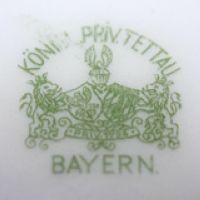
Image 010246-06-02
Used between 1930 and 1946, clearly stating "Bayern" instead of the usual "Bavaria".
(Picture: Werner Meyer)
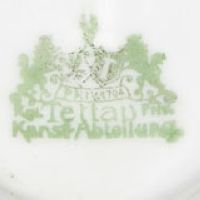
Image 010246-06-03
Used between 1930 and 1968 (except 1946-1949) on items from the art department (Kunstabteilung).
(Picture: Clive Loader)
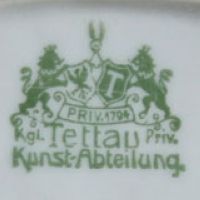
Image 010246-06-04
Same as before but picture taken of a much more detailed mark.
(Picture: Stefan Stroessenreuther)
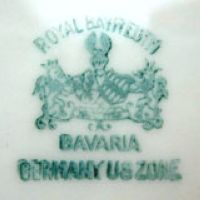
Image 010246-06-05
Used between 1946 and 1949, basic green version.
(Picture: eBay used venitalives)
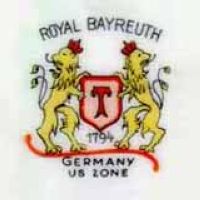
Image 010246-06-06
Used between 1946 and 1949, color version.
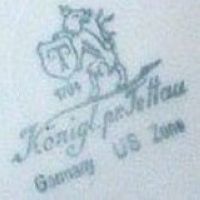
Image 010246-06-07
Used between 1946 and 1949, basic green version.
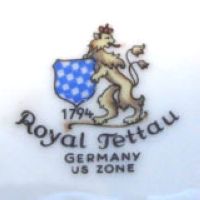
Image 010246-06-08
Used between 1946 and 1949. Same mark without "US Zone" was used between 1950 and 1954.
(Picture: Kate Potter)
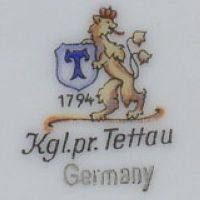
Image 010246-07-01
Example of the mark used from 1954 onwards, "Kgl.Pr.Tettau" with additionally stamped "Germany".
(Picture: Brad Peck)
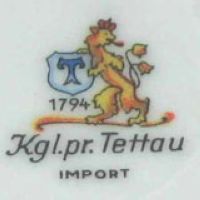
Image 010246-07-02
Example of the mark used from 1954 onwards, "Kgl.Pr.Tettau" with Polish "Import" addition.
(Picture: Jacqueline Kacprzak)
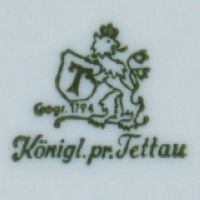
Image 010246-07-03
Used after 1968, "gegr. 1794" means "established 1794".
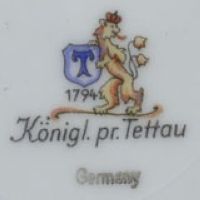
Image 010246-07-04
Example of the mark used from 1968 onwards, with additionally stamped "Germany".
(Picture: Brad Peck)
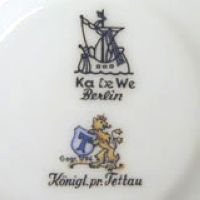
Image 010246-07-05
Used from 1968, here with additional "KaDeWe" ("Kaufhaus des Westens" in Berlin).
(Picture: Jacqueline Kacprzak)
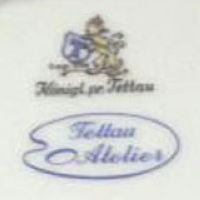
Image 010246-07-06
Example of the mark used from 1968 onwards, here with additional "Atelier Tettau".
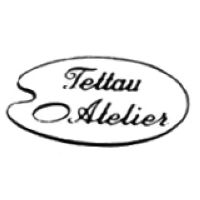
Image 010246-07-07
Used after 1968, mostly on modern pieces.
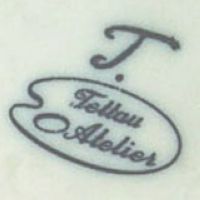
Image 010246-07-08
Example of the mark used from 1968 onwards, here with the old Tettau "T".
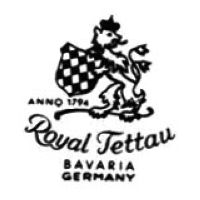
Image 010246-07-09
Used after 1968, "Royal" indicates that this mark was used for export. Also found with or w/o either "Bavaria" or "Germany".
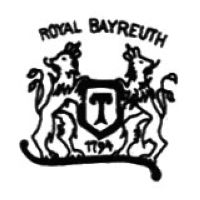
Image 010246-07-10
Used after 1968. "Royal" indicates that this mark was used for export products.
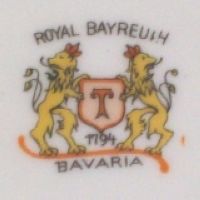
Image 010246-07-11
Used after 1968, example including "Bavaria".
(Picture: Sheryl Williams)
© 2004-2025 C.S.Marshall, all rights reserved